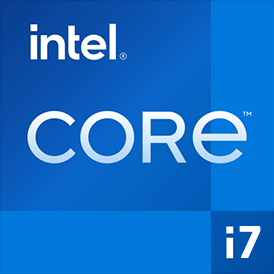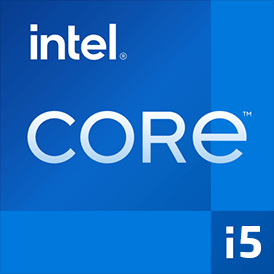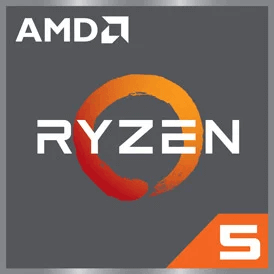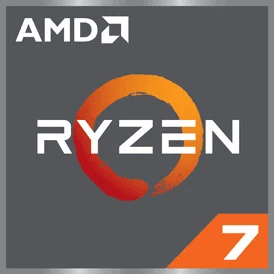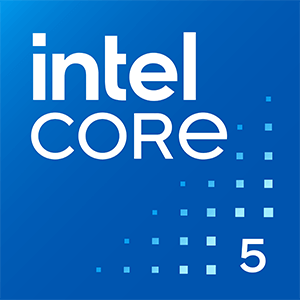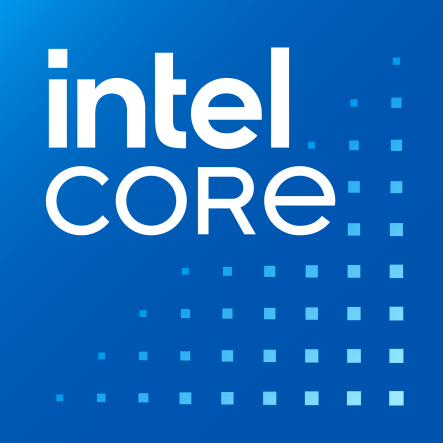Intel Core i7 1365U vs Intel Core i5 7300HQ
We compared two laptop CPUs: Intel Core i7 1365U with 10 cores 1.8GHz and Intel Core i5 7300HQ with 4 cores 2.5GHz . You will find out which processor performs better in benchmark tests, key specifications, power consumption and more.
Main Differences
Intel Core i7 1365U 's Advantages
Released 6 years late
Better graphics card performance
Higher specification of memory (6400 vs 2400)
Larger memory bandwidth (89.6GB/s vs 37.5GB/s)
Newer PCIe version (4.0 vs 3.0)
Larger L3 cache size (12MB vs 6MB)
More modern manufacturing process (10nm vs 14nm)
Lower TDP (15W vs 45W)
Intel Core i5 7300HQ 's Advantages
Higher base frequency (2.5GHz vs 1.8GHz)
Score
Benchmark
Cinebench R23 Single Core
Intel Core i7 1365U
+113%
1873
Intel Core i5 7300HQ
877
Cinebench R23 Multi Core
Intel Core i7 1365U
+196%
9252
Intel Core i5 7300HQ
3125
Geekbench 6 Single Core
Intel Core i7 1365U
+333%
2576
Intel Core i5 7300HQ
594
Geekbench 6 Multi Core
Intel Core i7 1365U
+316%
8897
Intel Core i5 7300HQ
2136
Blender
Intel Core i7 1365U
+109%
92
Intel Core i5 7300HQ
44
Geekbench 5 Single Core
Intel Core i7 1365U
+96%
1709
Intel Core i5 7300HQ
870
Geekbench 5 Multi Core
Intel Core i7 1365U
+233%
9218
Intel Core i5 7300HQ
2764
Passmark CPU Single Core
Intel Core i7 1365U
+81%
3556
Intel Core i5 7300HQ
1960
Passmark CPU Multi Core
Intel Core i7 1365U
+198%
15123
Intel Core i5 7300HQ
5063
General Parameters
Jan 2023
Release Date
Jan 2017
Intel
Manufacturer
Intel
Laptop
Type
Laptop
x86-64
Instruction Set
x86-64
Raptor Lake
Core Architecture
Kaby Lake
i7-1365U
Processor Number
i5-7300HQ
BGA-1744
Socket
BGA-1440
Iris Xe Graphics (96 EU)
Integrated Graphics
HD Graphics 630
Package
10 nm
Manufacturing Process
14 nm
12-15 W
Power Consumption
45 W
55 W
Max Turbo Power Consumption
-
100°C
Peak Operating Temperature
100 °C
CPU Performance
2
Performance Cores
4
4
Performance Core Threads
4
1.8 GHz
Performance Core Base Frequency
2.5 GHz
5.2 GHz
Performance Core Turbo Frequency
3.5 GHz
8
Efficiency Cores
-
8
Efficiency Core Threads
-
1.3 GHz
Efficiency Core Base Frequency
-
3.9 GHz
Efficiency Core Turbo Frequency
-
10
Total Core Count
4
12
Total Thread Count
4
100 MHz
Bus Frequency
100 MHz
18x
Multiplier
25x
80 K per core
L1 Cache
64 K per core
1280 K per core
L2 Cache
256 K per core
12 MB shared
L3 Cache
6 MB shared
No
Unlocked Multiplier
No
Memory Parameters
DDR5-5200, DDR4-3200, LPDDR5-6400, LPDDR5x-6400, LPDDR4x-4267
Memory Types
DDR4-2400, LPDDR3-2133, DDR3L-1600
96 GB
Max Memory Size
64 GB
2
Max Memory Channels
2
89.6 GB/s
Max Memory Bandwidth
37.5 GB/s
No
ECC Memory Support
No
Graphics Card Parameters
true
Integrated Graphics
true
300 MHz
GPU Base Frequency
350 MHz
1300 MHz
GPU Max Dynamic Frequency
1000 MHz
768
Shader Units
192
48
Texture Units
24
24
Raster Operation Units
3
96
Execution Units
24
15 W
Power Consumption
15 W
-
Max Resolution
4096x2304 - 60 Hz
1.69 TFLOPS
Graphics Performance
0.44 TFLOPS
Miscellaneous
4.0
PCIe Version
3.0
20
PCIe Lanes
16
-
Extended Instruction Set
SSE4.1, SSE4.2, AVX-2
